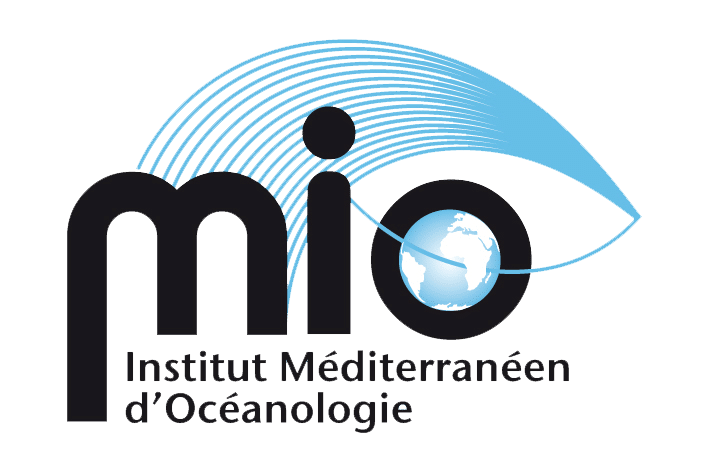For 2020, the priority themes (not ranked in order of importance) are as follows:
Impact of wild boar on terrestrial biodiversity
The recent arrival of wild boar on the islands of Port-Cros and Porquerolles has had an impact on the islands' fauna, flora and habitats. Since it is impossible to eradicate these animals, the PNPC has opted for regulation, which is proving to be costly and a major drain on field teams. The expected contribution of the thesis will be to attempt to identify the biological consequences, both positive (opening up the environment, facilitating the expression of seed banks, favouring heritage species) and negative (harming heritage or rare species, both plant and animal), of this species on the islands. The scientific debate within the Scientific Council has not been settled on whether or not the NCPP should intervene in relation to this expanding species.
Bagaud (island in the National Park integral reserve)
Created in 2006, the Bagaud nature reserve has had a ten-year management plan since 2010. This plan is coming to an end and needs to be renewed. The main ecological restoration actions have been carried out, mainly the elimination of witches' claws and black rats. Ambitious monitoring programmes have been carried out on the main biological groups (reptiles, insects, birds, heritage plants) and habitats. A doctoral student with a grant from the Southern Region has already begun to process some of the data, mainly on entomology; she will submit her thesis in 2020. The large amount of scientific data collected over 10 years, and the forthcoming monitoring work, have raised a number of scientific questions that need to be analysed, in particular the response of a micro-island ecosystem to the removal of disturbance factors such as invasive alien species, but also the indirect impacts of global change now that the direct impacts (development, visitor numbers, invasive species) have been brought under control.
Fish communities in resource areas
Port-Cros has had no-fishing zones for years. However, changes in fish communities are still perceptible. The creation of the Porquerolles resource zone in 2007, reinforced and extended in 2015, provides a new, highly protected zone in which fish populations will evolve rapidly. The aim of the research will be to characterise these changes and compare them with the variations observed in Port-Cros and other marine protected areas, on the basis of the data currently being acquired in this zone and elsewhere. This work should help in the emergence of other highly protected areas, both in the heart of the national park and in the adjacent marine area, and in the implementation of coordinated, large-scale monitoring throughout the PNPC.
Load capacity and terrestrial biodiversity
Since 2016, the PNPC has been leading an initiative entitled "carrying capacity and character of the island of Porquerolles" aimed at regulating the peaks in visitor numbers observed during the summer season on the island. This initiative has produced an action plan that is currently being implemented, as well as around ten studies and research projects, some of which are concerned with defining thresholds that link the level of visitor numbers with the proven impact on the island's biological components. Studies have already been carried out on chilopods and certain other components of the fauna, flora and habitats of beaches and backwaters, but further research is needed to define one or more indicators. It will also be necessary to establish the link between human pressures and impacts and the expression of these biological indicators.
Reconstruction of massifs after fires (including the Cap Lardier site, which burnt down in 2017)
The risk of fire is at the heart of the PNPC's activities, because it is such a major problem every summer. The PNPC provides information and raises awareness, as well as taking action in terms of prevention, fines and management. Nevertheless, major fires still occur, as in 2017 at Cap Lardier and other coastal sites. Following these fires, the PNPC initiated a series of monitoring programmes to understand the ecological mechanisms following the fires and to consider ways of reducing erosion or encouraging the emergence of communities that are less sensitive to the outbreak of these fires. All of this monitoring will generate a large set of data that can be used in a thesis to gain a better understanding of the ecological resilience of the massifs after these fires and to improve the PNPC's methods of intervention in these forests in anticipation of these fires.
Sociology and political science on the accession of communes to the Port-Cros National Park
Drafted between 2012 and 2015, the PNPC charter covered an optimal area of 11 coastal municipalities. At the end of the drafting process, only 5 of the 11 municipalities chose to sign up to the charter, which promotes sustainable regional development. It seems particularly important to analyse the factors that led certain municipalities to decide in favour or against this territorial project. The analysis itself is interesting, but it should also be enlightening in order to provide positive elements to encourage the commitment of all or part of the 6 municipalities that have not yet signed up.




